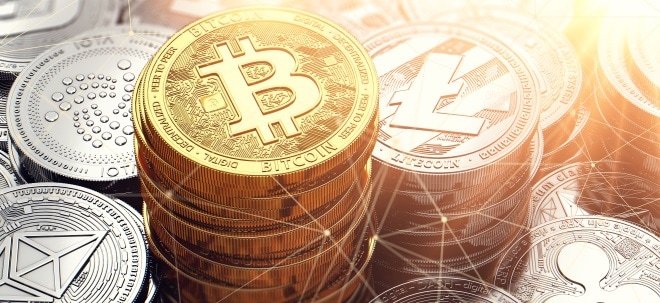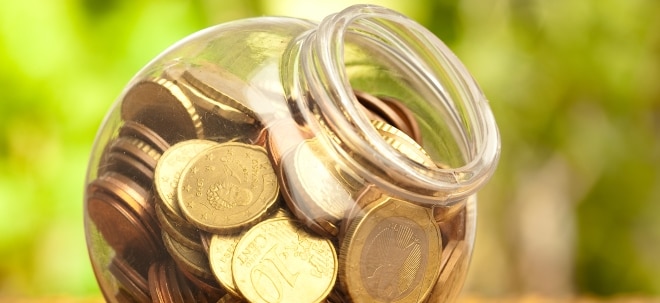Ein Versuch beide Seiten ausgewogen zu berücksichtigen:
Rally or Bust? Market May Be In Brief Sweet Spot
IS the stock market getting ready to explode higher or collapse?
That's the question that always preoccupies Wall Street, and there is seldom a middle ground.
Anyone with a memory that goes back to the 1991 Gulf War understood stocks would climb higher once the conflict in Iraq was done. And as refreshing as the boomlet in stocks has been during the past few months, it just hasn't compared with the start of the bull market in '91.
There are experts who think a '91-like rally is just ahead. And you can find just as many people who believe that today's economy is so much different that it is unreasonable to expect any more of a ral ly than we've had.
Rally or bust? Here's what I think.
Right now - meaning the next few weeks - could be a sweet spot for equities. The likelihood of a disaster is reduced by the fact that heavy corporate profit warnings don't traditionally start until the third week of June.
There could be other disasters. The world is a dangerous place.
But for the next five weeks or so, there is less likelihood of a company rattling the market with an ominous prediction.
Also working in the market's favor is the fact that expectations for second-quarter profits aren't very high. The pros are predicting that earnings for the 500 companies in the Standard & Poor's index will be up just 6.1 percent in the current quarter.
That's not a cinch to beat. But it also is not outrageous.
And Wall Street analysts aren't foreseeing enormous company gains - something that could lead to enormous disappointments and big market drops.
Earnings were expected to be up 8.5 percent in the first quarter. They came in 13.8 percent higher. But more than half of that gain occurred because companies benefited from the higher price of energy.
But there's also a sour spot, and it begins when investors shuck off their nonchalance and start worrying again about the very dangerous economy.
When will that happen? At least by September. But it could be triggered if key companies report disappointing results for the second quarter.
Measured one way, the current price of the 500 S&P index stocks is nearly 33 times earnings. Even using the most beneficial profits figures, P/Es don't get below 20.
Price-to-earnings ratios of 14 are average.
So stocks will remain extremely expensive unless earnings rise substantially or share prices drop by a large amount. And with the Federal Reserve at the end of its interest rate rope, Washington would have to start making some dangerous moves to help out.
Sweet and sour may look good on a Chinese menu, but you can have your goose cooked if you stay in a market like this a bit too long
|


 Thread abonnieren
Thread abonnieren



